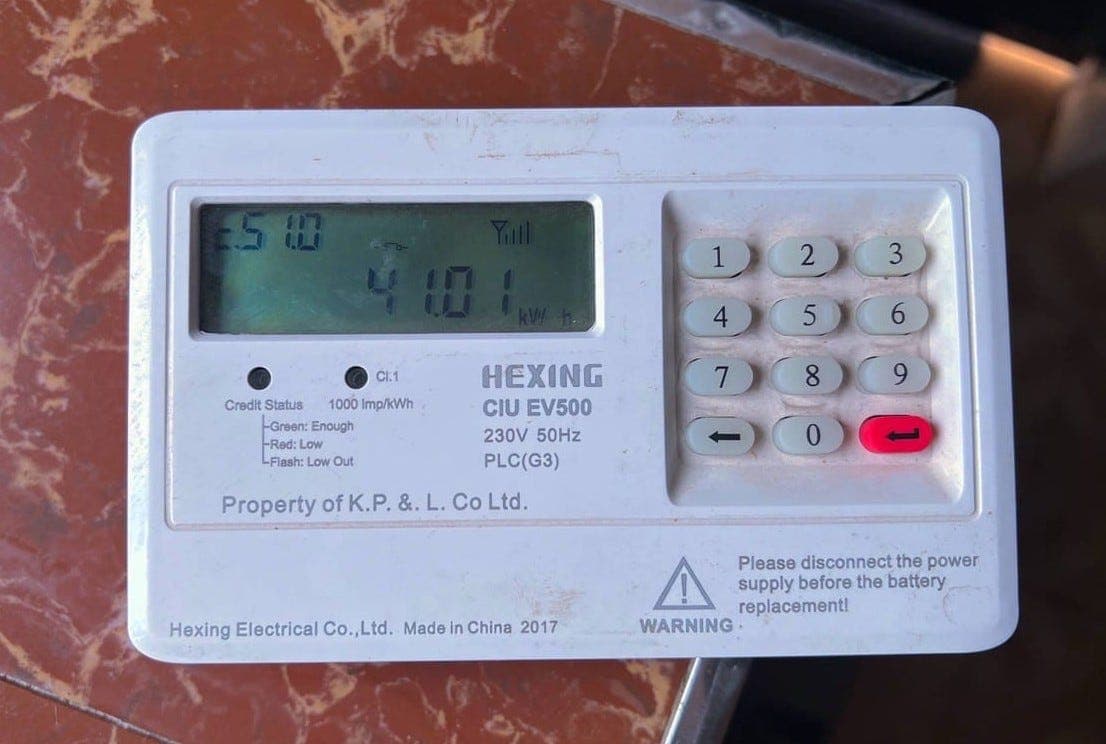Loading News Article...
We're loading the full news article for you. This includes the article content, images, author information, and related articles.
We're loading the full news article for you. This includes the article content, images, author information, and related articles.
Kenyans will face higher electricity bills this month following a significant tariff adjustment by the Energy and Petroleum Regulatory Authority (EPRA), driven by increased fuel costs, foreign exchange fluctuations, and statutory levies.

Kenyans are set to pay an additional Ksh5.24 per unit (kilowatt-hour) for electricity starting October, as announced by the Energy and Petroleum Regulatory Authority (EPRA). This latest tariff review, published in the August 9 issue of the Kenya Gazette, attributes the increase to several factors, including higher fuel costs, foreign exchange adjustments, and statutory levies.
The increment will affect all Kenya Power customers, encompassing both prepaid and postpaid consumers.
According to EPRA, Ksh3.69 per kWh of the increase is due to the rising cost of fuel used in power generation. This reflects Kenya's continued reliance on thermal power plants, which depend on imported fuel, despite a predominantly renewable energy mix.
Additionally, customers will incur an extra Ksh1.53 per kWh as a foreign exchange fluctuation adjustment, aimed at offsetting the impact of a weaker Kenyan Shilling. A further 1.24 cents per kWh will be levied to support the Water Resource Management Authority (WRMA).
Electricity costs have been a persistent concern for Kenyan households and industries for years. While Kenya boasts a high percentage of electricity generated from renewable sources—approximately 90% from geothermal, hydro, wind, and solar in 2023—the benefits have not consistently translated into lower consumer prices.
The energy sector has undergone various reforms, including the unbundling of the utility company and the introduction of Independent Power Producers (IPPs) in the 1990s. However, some analysts and civil society organisations argue that costly Power Purchase Agreements (PPAs) with IPPs, often shrouded in secrecy and with clauses guaranteeing payment even for unused electricity, contribute significantly to the high tariffs.
In March 2025, Kenya Power warned of a potential 30% hike in electricity tariffs if county governments imposed wayleave charges on electricity infrastructure, highlighting the complex financial pressures on the utility.
The consistent rise in electricity prices has drawn criticism from various stakeholders, including trade unions and consumer advocacy groups, who argue that it increases the financial burden on workers and reduces disposable income. For a household consuming 30 units per month, the October bill is projected to increase by at least Ksh157.2, excluding the 16% Value Added Tax (VAT) and other standard charges.
High electricity costs also impact businesses, leading to increased production costs that are often passed on to consumers through higher prices for goods and services, thus contributing to a higher cost of living. This can hinder economic growth and make Kenyan businesses less competitive.
EPRA is mandated to regulate electricity tariffs, with reviews typically conducted every three years. The regulatory process involves determining the overall revenue requirements based on the cost of service for Kenya Power and Lighting Company (KPLC), which then informs the tariff schedule. However, the World Bank has pointed to weaknesses in governance, particularly in power purchasing agreements, as a factor contributing to Kenya's high electricity tariffs.
In a move towards greater consumer protection, new draft regulations, the Energy (Electricity Reliability, Quality of Supply and Service) Regulations, 2025, propose that consumers receive compensation for extended power outages and erratic supply. These regulations, currently undergoing public participation, aim to strengthen consumer rights and hold licensees accountable.
The ongoing public debate and policy execution surrounding electricity costs will likely focus on transparency in tariff adjustments and the renegotiation of power purchase agreements. The effectiveness of the proposed consumer protection regulations, once implemented, will also be a key area to monitor. Furthermore, the government's commitment to transitioning to a fully green grid by 2030 and increasing electricity access to all Kenyans by the same year, as outlined in the National Energy Policy 2025-2034, will be crucial in shaping future electricity costs and reliability.
Keep the conversation in one place—threads here stay linked to the story and in the forums.
Other hot threads
E-sports and Gaming Community in Kenya
Active 6 months ago
Popular Recreational Activities Across Counties
Active 6 months ago
The Role of Technology in Modern Agriculture (AgriTech)
Active 6 months ago
Investing in Youth Sports Development Programs
Active 6 months ago